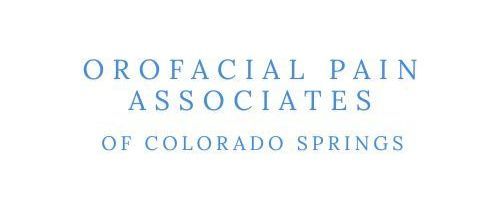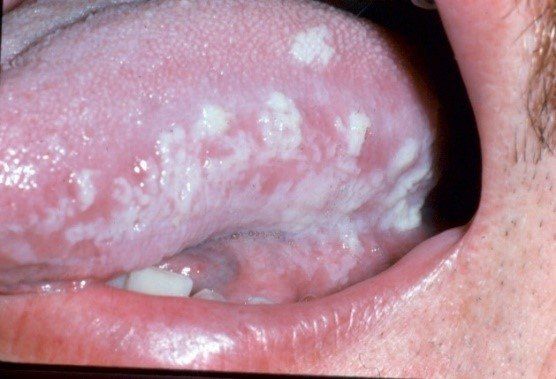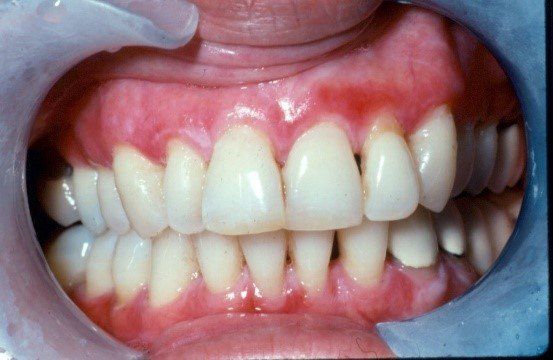Dr. Julie Robinson-Smith joins Dr. Linda Bluestein in this episode of The Bendy Bodies podcast to discuss orofacial pain and hypermobility.
Conditions We Treat
Due to the fact that we treat unusual cases, all the things we treat cannot be listed. Please feel free to contact us if you want to know if we can help you.
Temporomandibular Disorders
Temporomandibular Disorders or (TMD) are a variety of conditions that are caused by dysfunction in the musculoskeletal chewing system. There is more than one thing that falls under the umbrella of TMD.
Some of the most common temporomandibular disorders are the following:
Ligament Pain
This is when the ligament becomes pinched in the joint and can cause sharp intermittent pain.
Capsulitis
Inflammation of the jaw joint.
Disc Displacement With or Without Reduction
This is when the disc that is supposed to cushion and protect the joint is pushed out of place. It can cause problems with mouth opening, clicking, popping and locking of the jaw joint.
Arthritis
Just like any other joint in the body, the jaw joint can develop arthritis.
Myalgia
Muscles in the temporomandibular system (often the chewing muscles) can become sore and tired for a variety of reasons.
Myofascial Pain
Sometimes the central nervous system starts to play a role in muscle pain and cause the muscle pain to continue even after the triggering factor is gone. This can result in long-term trigger points.
There are many other conditions that can cause pain in the temporomandibular system. Proper diagnosis is essential to developing a proper treatment plan.
Headaches
One third of the population has been reported to suffer from a severe debilitating headache at one point in their life. However, 80% of TMD patients report comorbid headaches.
Headaches have a variety of causes.
Primary Headaches
80% of chronic headaches are considered to be primary headache disorders, which means that they are not attributed to any other cause. The most common Primary headaches are:
Migraine
Severe headaches, sometimes proceeded by an aura, that last 4-72 hours, can be unilateral and are often associated with nausea, vomiting, light or sound sensitivity.
Cluster Headaches
Severe headaches that come in groups and have often been described like an icepick. They are usually unilateral and can be associated with sweating, runny nose and watery eyes.
SUNCT and Hemicrania Continua
These are less common primary headache disorders that involve autonomic nervous system.
Headaches can also be caused by other causes such as pain from other parts of the body.
In rare instances, headaches are symptoms of life-threatening conditions such as aneurysms, brain bleeds or brain tumors. Sudden onset severe headaches or headaches that have a new pattern, should be taken seriously and evaluated.
Other
Many conditions that we treat don't fall into the other categories. We focus on achieving an accurate diagnosis and treating the underlying cause of symptoms rather than symptoms alone.
If you have something unusual in the head/face or mouth, Dr Robinson-Smith will try to help you understand your problem and develop a treatment plan that fits your diagnosis.
Neuropathic Pain
Pain is an experience in the brain that is a result of nerves in the brain receiving a message from nerves in the periphery of the body. For example, if you put your hand on a hot stove, nerves will transmit that message to your central nervous system and you will experience pain.
If something goes wrong in this pathway, or a nerve gets damaged or irritated, pain can be experienced without a painful stimulus.
Some of these neuropathic conditions include:
Trigeminal Neuralgia
Sharp severe, debilitating pain in one side of the face. These pains can be triggered by activity or can present all on their own. They have been described as some of the most severe pains that a human can experience. Neuralgia can affect other nerves – Glossopharyngeal, Geniculate Ganglion, etc.
Post Herpetic Neuralgia
Shingles is caused by a herpes virus living in the nerve and is possible following a shingles outbreak, the nerve can develop a chronic pain condition. In this case, pain is generated by the nerve without a triggering stimulus.
Trigeminal Neuropathy
Any trauma, infection, procedure or surgery can injure a sensory nerve. The most common result in the face of nerve injury is prolonged numbness. However, sometimes constant pain is felt. These pains can be purely in the peripheral tissues or they can involve the nerves in the spinal cord and brain. Proper identification of the source of the nerve pain, will help guide treatment.
Neuroma
Sometimes a nerve can be severed. If that happens and the nerve does not grow back together properly, it can develop a ball of nerve tissue known as a neuroma.
Oral Medicine
Oral Medicine is the diagnosis and treatment of acute, chronic and medically related oral disease. The specialty consists of diagnosis and non-surgical treatment and it bridges the gap between medicine and dentistry.
In other words, oral medicine is a specialty that involves the diagnosis and treatment of non-tooth related oral problems, such as infections, ulcers, films, growths, color changes, and bone infections.
Some common oral medicine conditions include:
Aphthous Ulcers
More commonly called canker sores, can be recurrent and debilitating so that they require treatment.
Candidiasis
Can present as white, red coating or film. Patients can complain of burning pain or altered taste.
Autoimmune Conditions
Can present as red/white or ulcerated lesions that come and go in the mouth.
Oral Cancer or Precancer
Can present as red/white or ulcerated lesions. Often lesions present without pain.
Medication or Radiation Induced Osteonecrosis of the Jaw
New medications to treat osteoporosis and prevent bone metastases can cause jaw bone infections. Oral medicine specialists can monitor and treat patients on these medications or who have used these medications to minimize the risk for uncontrolled jaw bone infections, decreasing the need for surgery.
Burning Mouth Syndrome
Burning mouth is a painful condition that causes burning in the tongue and mouth. First, we work to understand the cause of the burning if possible and then to develop a treatment strategy.




